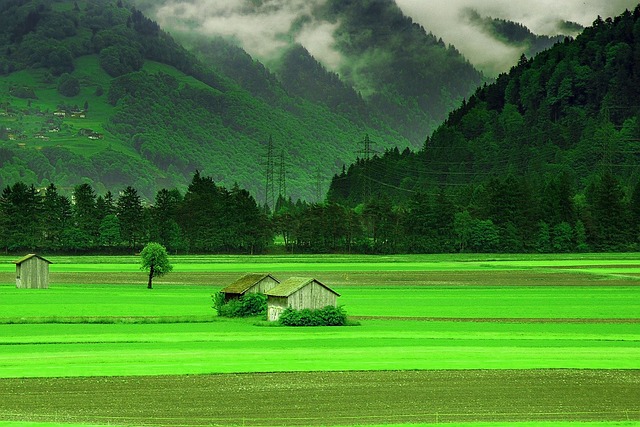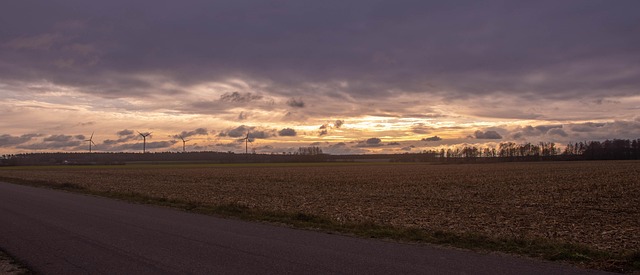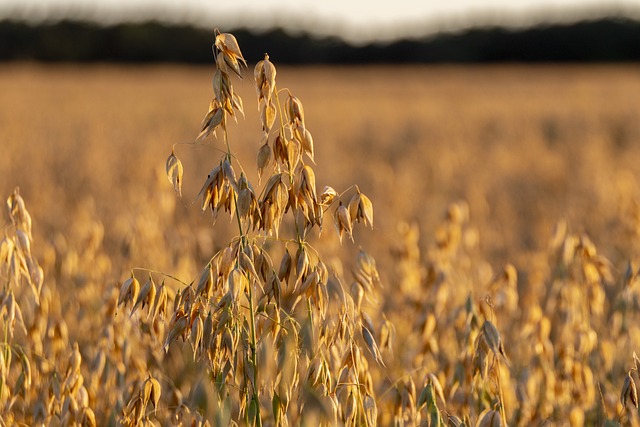In regions with water scarcity, using native plant species is a strategic approach for both beautiful landscapes and responsible water conservation in real estate developments. These plants, adapted to local conditions, offer sustainable solutions for low-maintenance yards, conserving water and reducing costs while boosting biodiversity. By incorporating these eco-friendly features, developers can attract eco-conscious buyers, increasing property appeal and value, ultimately showcasing responsible resource management.
In today’s water-conscious world, incorporating native plants requiring minimal water into landscaping is a smart and sustainable choice. This article guides you through identifying water-efficient native species suitable for your garden or real estate developments. We explore the benefits of using low-water native plants, from reducing water usage to enhancing ecological diversity. Additionally, we provide practical strategies for seamlessly integrating these drought-tolerant beauties into your garden design while adhering to strict water conservation measures.
Identifying Water-Efficient Native Species for Landscaping

When planning a landscape that requires minimal water, especially in regions with frequent drought or water scarcity, choosing native plant species can be a game-changer for both your garden and the local ecosystem. Native plants are adapted to the unique conditions of their natural habitats and often have deeper root systems that enable them to access water more efficiently than non-native varieties. This adaptation makes them ideal choices for creating sustainable, low-maintenance yards, which are increasingly important considerations in the real estate market.
Identifying water-efficient native species allows you to create a beautiful, thriving garden while reducing your water consumption. Look for plants that are naturally resistant to drought, have waxy or hairy leaves that reduce water loss, and those that grow well in specific soil types and sunlight conditions prevalent in your area. With these strategies, you can transform your landscape into a vibrant, water-wise oasis, making your property more attractive and sustainable in the long run.
Benefits of Using Low-Water Native Plants in Real Estate Developments

Incorporating low-water native plants into real estate developments offers a multitude of benefits, both for the environment and for property owners. One of the primary advantages is water conservation, as these plants are adapted to local conditions and require less irrigation, reducing water usage and associated costs significantly. This is especially crucial in regions facing water scarcity or increasing water regulations, ensuring compliance while promoting sustainability.
Additionally, native plant landscapes enhance biodiversity by providing habitat and food sources for local wildlife, contributing to a healthier ecosystem within the development. They also tend to be more resilient and require less maintenance over time, freeing up resources that would otherwise be spent on planting and upkeep. For real estate developers, showcasing these sustainable features can attract environmentally conscious buyers and tenants, enhancing the market appeal and value of the property.
Strategies to Incorporate Minimal Water Requirements in Garden Design

Incorporating native plants with minimal water needs into your garden design offers a sustainable approach, especially in regions where water conservation is essential. This strategy not only reduces the strain on local water resources but also creates a low-maintenance, visually appealing landscape. One effective method is to mimic the natural habitats of these plants by replicating their soil and sunlight requirements. For instance, planting native succulents or drought-tolerant flowers in areas with ample sunlight and well-drained soil ensures they thrive without excessive watering.
Gardeners can also employ creative techniques like using mulch to retain moisture around plant roots, choosing plants adapted to local climate conditions, and implementing drip irrigation systems for targeted water delivery. These strategies not only benefit the environment but also add value to your property in the real estate market by showcasing a harmonious blend of natural beauty and responsible resource management.






